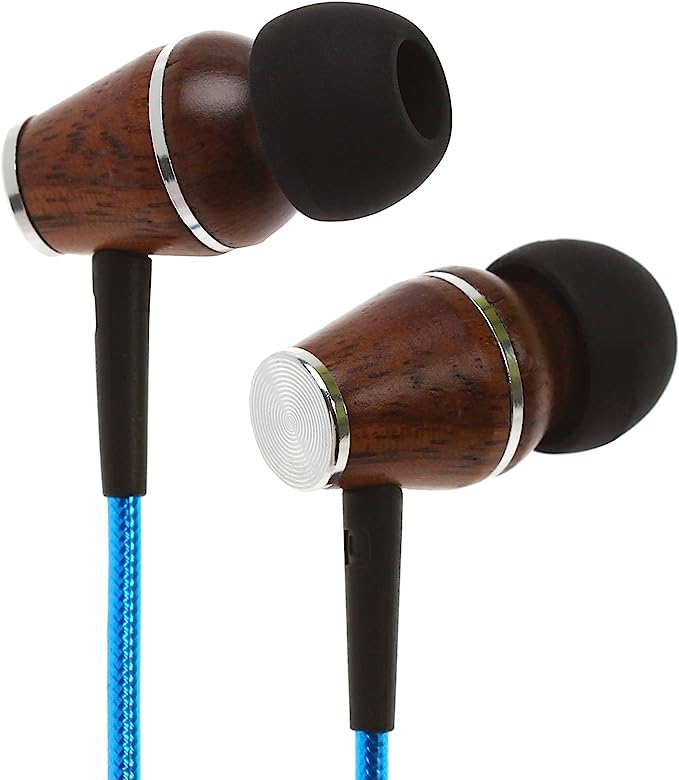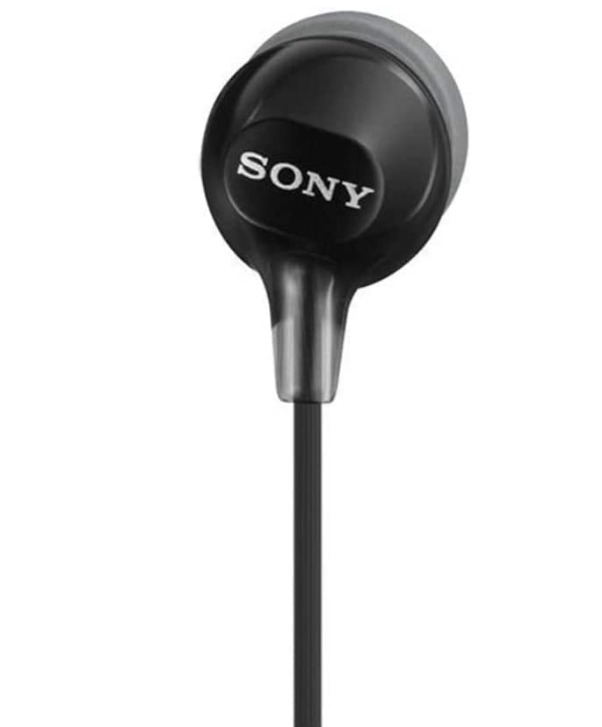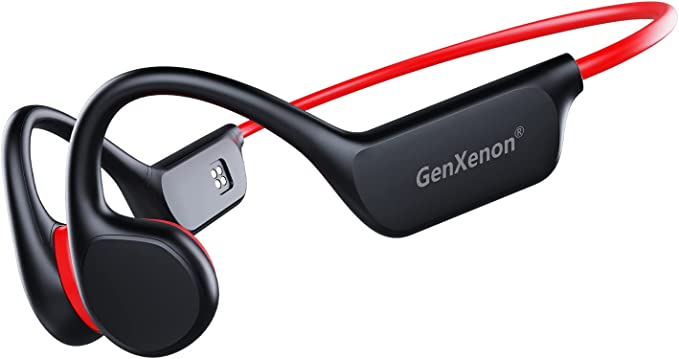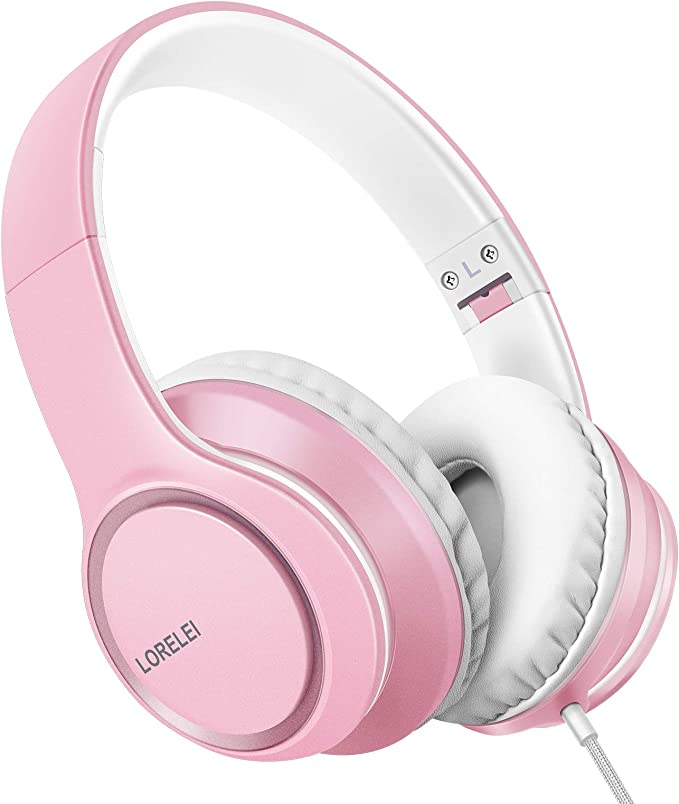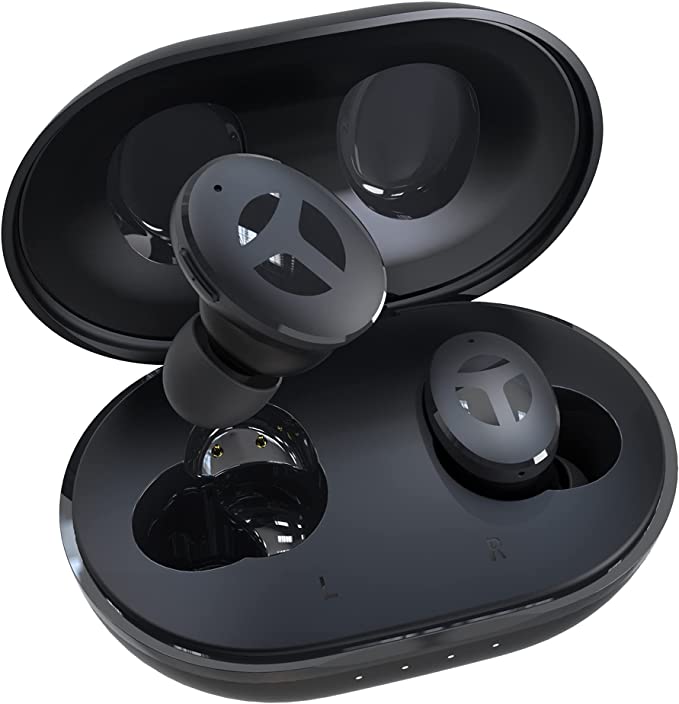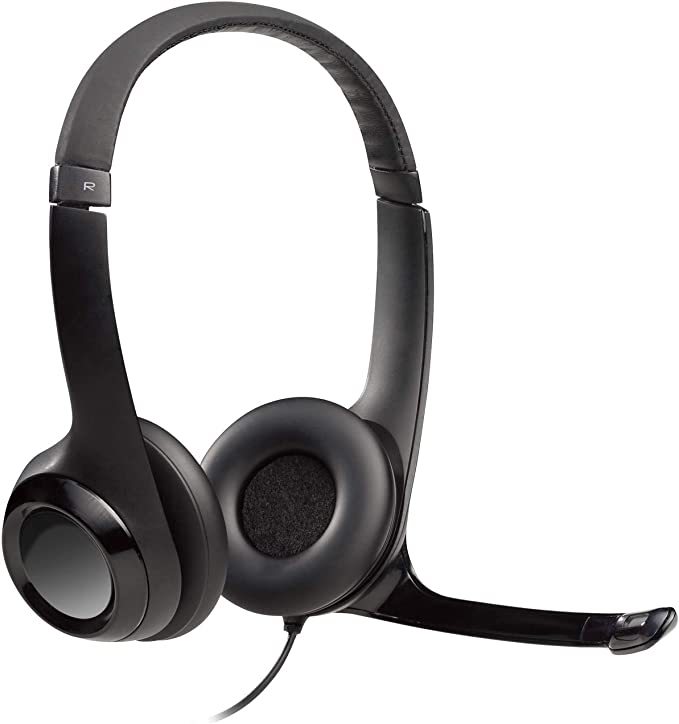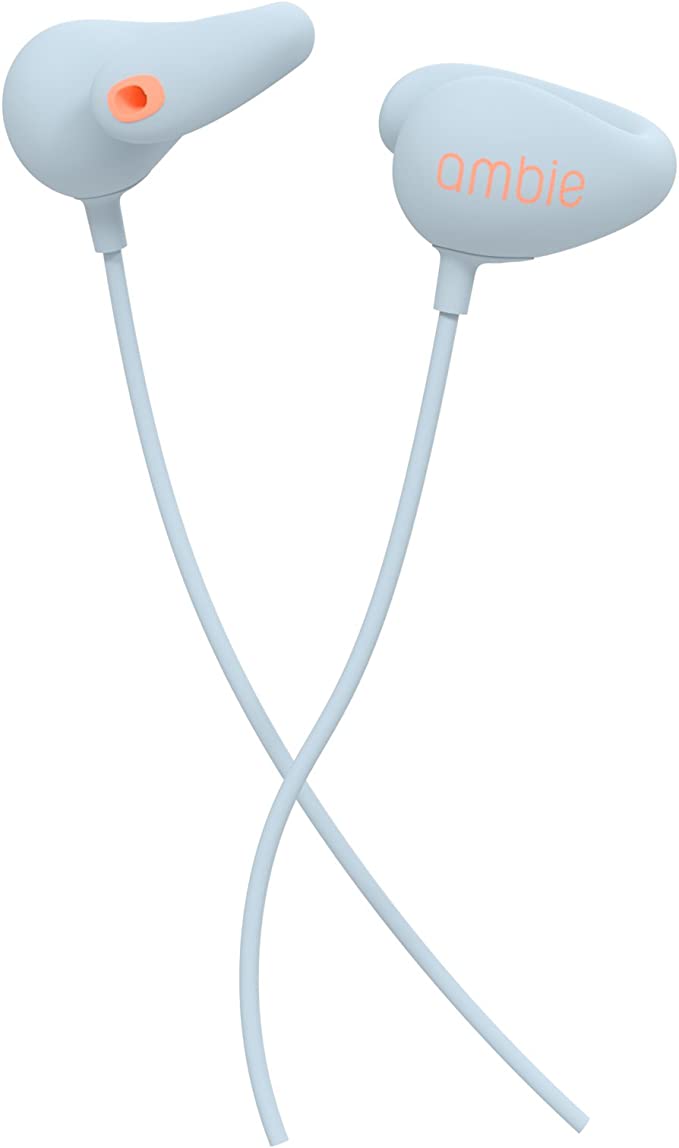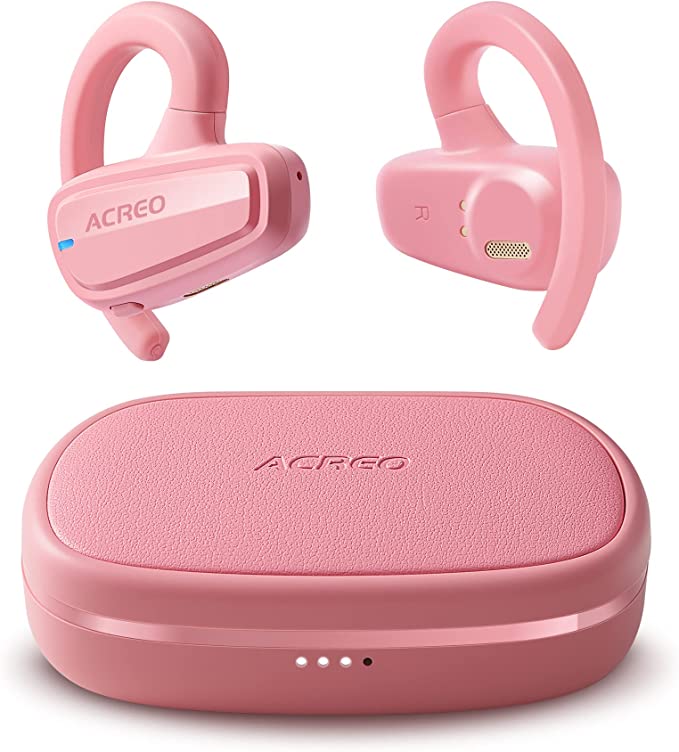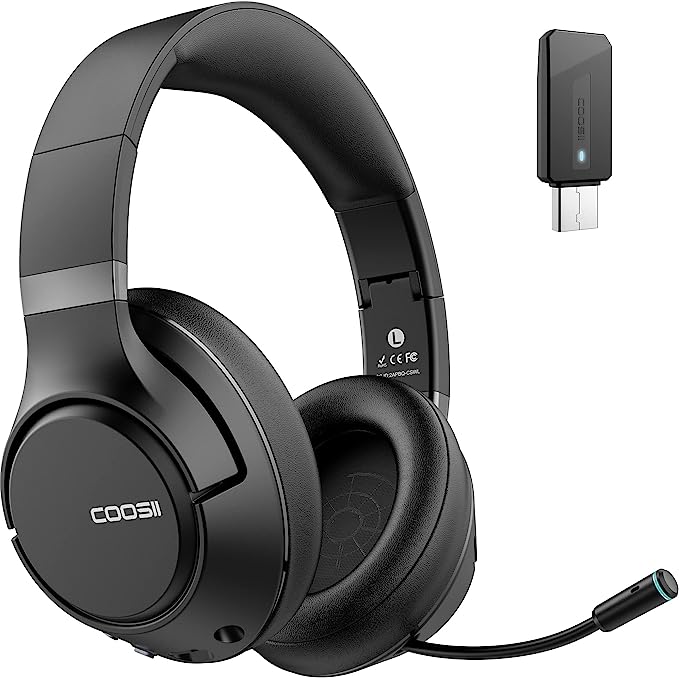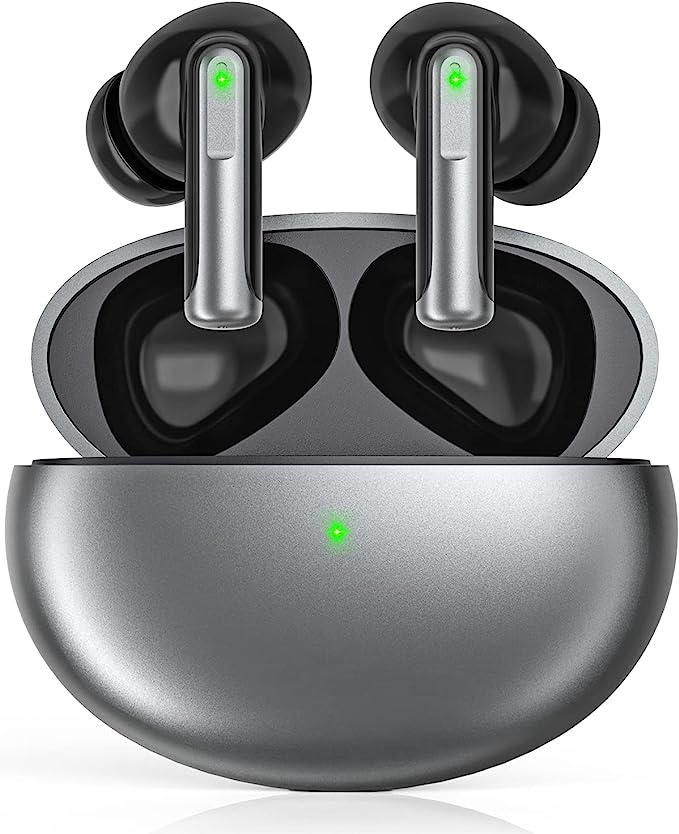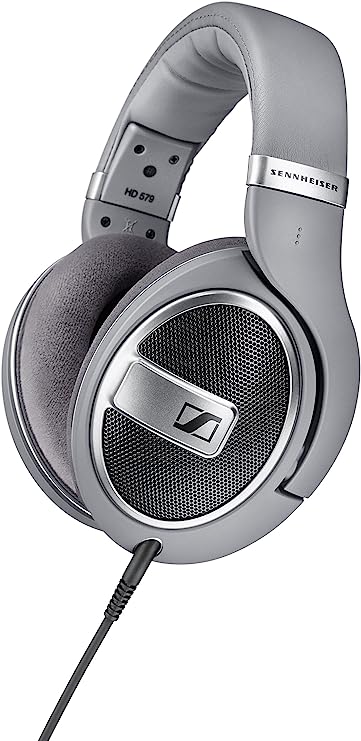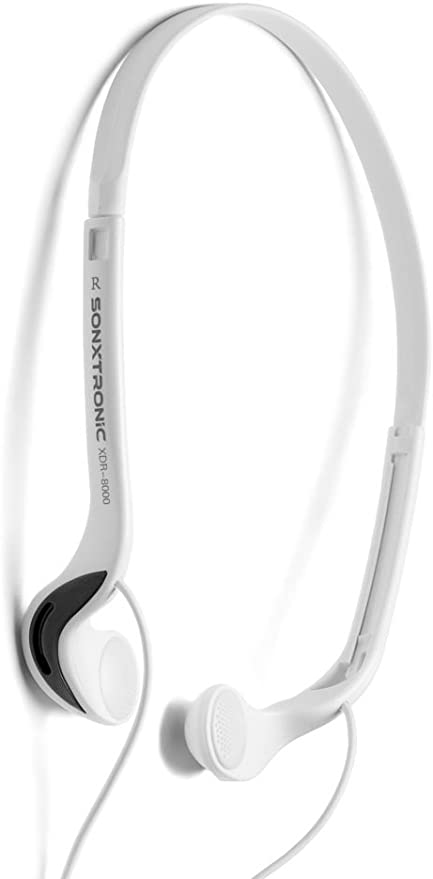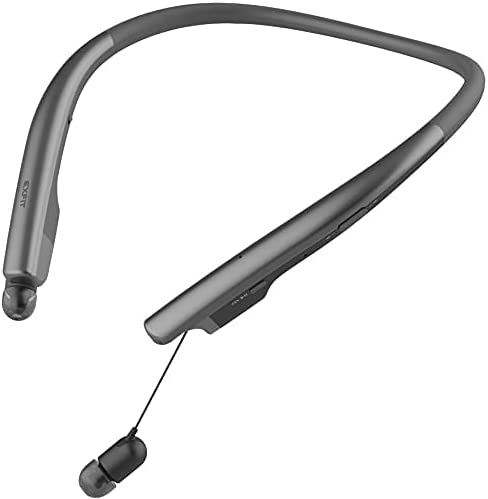Decoding Wood Acoustics: The $40 MFi Earbud and the Durability Paradox
Update on Nov. 14, 2025, 10:17 a.m.
In an era defined by True Wireless (TWS) earbuds, battery anxiety, and the dreaded 3.5mm-to-Lightning “dongle,” the simple, wired earbud feels like a defiant act. This is the precise market that the Symphonized NRG MFI targets: the iPhone user (models 7-14) who craves a no-fuss, high-quality audio experience without charging another device.
But this $40 earbud presents a fascinating paradox. Its 4.3-star rating from over 5,900 reviews is driven by passionate praise, like “No fluff just good REAL sound” and “best sound quality with my iPhone.” Yet, these are offset by equally passionate complaints: “ONE SIDE WENT OUT… AFTER 2 WEEKS” and “work great for about 6 months and then stop working. This has happened twice.”
How can a product be both a 5-star “Best In The Business” and a 1-star “piece of crap”?
This isn’t a review. It’s an analysis of a deliberate, high-stakes engineering trade-off. The NRG MFI is a case study in a product that bets everything on two features—its MFi-certified connector and its wood acoustic housing—at the direct expense of a third: long-term durability.

Part 1: Decoding “MFi Certified” (It’s Not Just the Plug)
For many, the $40 price seems steep for a wired earbud. But the “MFi Certified” logo is not just a marketing sticker; it’s a piece of high-end hardware.
The First Principle: The Lightning port on an iPhone 7-14 does not output an analog audio signal. It outputs a pure digital signal.
This means that every pair of Lightning headphones, including this one, must contain its own Digital-to-Analog Converter (DAC) and amplifier chip. * Non-MFi (Cheap Knockoffs): Uncertified earbuds use gray-market chips that are prone to failure and, critically, can be blocked by a future iOS update, rendering them useless. * MFi Certified (The NRG MFI): The “MFi” certification guarantees that this earbud contains an Apple-approved authentication chip. This chip “shakes hands” with your iPhone, ensuring a stable, high-quality digital connection and guaranteeing that the inline remote and microphone will function flawlessly with iOS.
A significant portion of that $40 price is this MFi license and the sophisticated DAC chip it contains. It is the engineering cost of guaranteed compatibility.
Part 2: The “Natural Sound” of Wood (Damping vs. Resonance)
The second, and most obvious, part of the budget is the wooden construction. This is not just an aesthetic gimmick; it is a fundamental acoustic choice.
The First Principle: Every material vibrates. The tiny driver (speaker) inside an earbud creates sound, but it also vibrates the shell that houses it. * Plastic/Metal (The Problem): A standard, cheap plastic or metal earbud shell is rigid and uniform. It tends to resonate at specific, high frequencies, like a tiny, high-pitched bell. This adds its own “sound” to the music—a harshness, a sibilance, or a “tinny” quality that is not in the original recording. * Wood (The Solution): Wood is a natural, non-uniform composite. Its fibers and pores give it high internal damping. Instead of ringing like a bell, it absorbs and dissipates that unwanted vibrational energy as tiny amounts of heat.
Think of it this way: a violin is made of wood, not plastic, for a reason. The wood damps unwanted, harsh resonances, allowing only the “true” sound of the strings to come through.
This is what reviewers mean when they praise the “good REAL sound” and “warmth.” The wood housing is acting as a natural acoustic filter, absorbing the “unwanted” resonance and leaving behind a clearer, “more natural soundstage” that is less fatiguing to listen to.

Part 3: The $40 Durability Paradox (The Honest Trade-Off)
This brings us to the 1-star reviews. With so much of the $40 budget spent on the MFi-certified DAC and milled wood housings, where did the manufacturer save money?
The 5,927 reviews provide a clear answer: the cable and its connection points.
Users like “Jenifer Voss” (who had two pairs fail in 6-month intervals) and “CARLA LEE ALLEN” (whose pair failed in 3 weeks) point to a clear pattern of failure, most likely at the solder points where the thin cable joins the earbud or the Lightning connector.
This is the central conflict of the product. The 4.3-star rating, despite these critical durability flaws, tells a story:
1. The sound quality, driven by the wood acoustics and the clean MFi digital signal, is genuinely excellent for the price.
2. The MFi-certified convenience is a major draw for users fleeing the “dongle life.”
3. The $40 price point positions this product as a premium consumable.
Users are not buying a “buy-it-for-life” heirloom. They are, as the reviews suggest, buying a 6-to-12-month subscription to fantastic, hassle-free wired sound for their iPhone. The 5-star reviews for “Customer Service” also suggest that the company is aware of this trade-off and actively mitigates it with replacements.
Coda: The Premium Consumable
The Symphonized NRG MFI is not a product for everyone. It is a “niche” solution that carries significant risk. * It is NOT for you if: You are rough on your gear, you need something for “fast walking or biking” (as “SFH” noted they slip out), or you believe $40 should guarantee years of use. * It IS for you if: You are an iPhone 7-14 user, you prioritize audio fidelity and MFi reliability above all else, and you are willing to accept that the trade-off for its “natural sound” and $40 price is that it may be a consumable, not an investment.
It is, as one user put it, “No fluff just good REAL sound.” For many, that’s a $40 trade-off they are willing to make.

